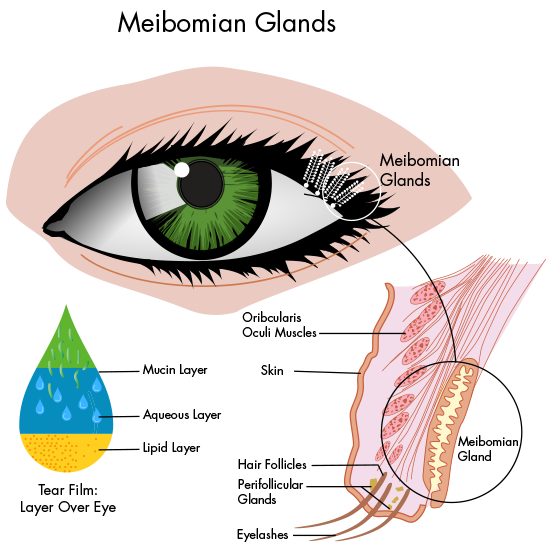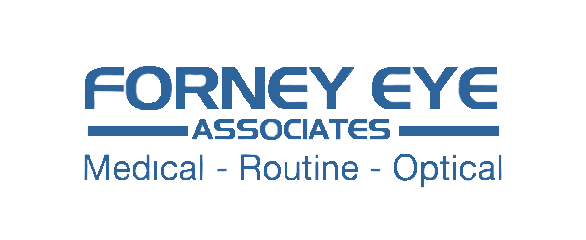
How Does LipiFlow Work?
If you have a condition known as dry eye, you probably experience burning, dryness, itching, and excessive tearing.
What many longtime dry eye sufferers may not realize is that most cases are caused by Meibomian Gland Dysfunction (MGD), which occurs when the Meibomian glands in eyelids clog up rendering them unable to produce sufficient oil or high quality oil to protect the tear film.
A single 12-minute session can offer significant relief to patients suffering from dry eyes and meibomian gland dysfunction (MGD). For optimal results, we recommend you undergo treatment every 9 to 12 months.
Why are Tears So Important?
Tears are important function of healthy, comfortable eyes. When dust or small particles enter the eye, tears can form, which in turn clean the eye while keeping the eye moist. Therefore, when tears evaporate too rapidly and the eyes become dry, it can cause itchy eyes, irritation, and general discomfort.

How Do You Assess Whether LipiFlow Is Right for Me?
At the Forney Eye Associates Dry Eye Center Dry Eye Center, we use a number of advanced tools to diagnose Dry Eye Syndrome and formulate a custom treatment plan. Below are a few of the advanced diagnostic tools we use when assessing your Dry Eye Syndrome, which help us decide which treatment plan is best for you, and whether it should include LipiFlow.
LipiView
LipiView is a non-invasive 5-minute eye examination procedure that provides the doctor with an accurate digital picture of a patient’s tear film, including its lipid content and quality. This information helps the eye doctor decide whether the patient requires a LipiFlow procedure or needs to undergo other dry eye therapy treatments.
Dynamic Meibomian Imaging
Dynamic Meibomian Imaging (DMI) combines two innovative imaging technologies: adaptive transillumination and dynamic illumination. Each technology produces its own independent image of the meibomian glands. Both images are then processed, displayed, and combined to provide a more accurate and precise picture of the structure of the meibomian gland. These images allow the optometrist to detect any structural changes or blockages in the meibomian glands.
LipiScan
LipiScan is a non-invasive testing procedure which helps doctors better assess the health and structure of your meibomian glands. LipiScan generates a multidimensional view of the glands and plays a decisive role in diagnosing and treating the symptoms of DES and MGD.
Let’s Put an End to Your Dry Eyes
For more information about our LipiFlow treatment procedure and to find out whether it’s right for you, contact the Forney Eye Associates Dry Eye Center Dry Eye Center today. We will be happy to assess your condition and discuss your options. We provide caring and specialized Dry Eye and Meibomian Gland Dysfunction treatment to patients in Dallas, Forney, Mesquite, Plano, and throughout Texas.
Frequently Asked Questions About Lipiflow
Does LipiFlow have any side effects?
While side effects are rare and minimal, patients may experience burning, stinging, redness, or inflammation. We’ll be happy to address this and any other questions prior to your treatment.
How Much Does LipiFlow Cost?
The cost of LipiFlow varies. It is therefore best to schedule a consultation with our office so that we can quote you the exact price.
Is LipiFlow Covered By Insurance?
Some insurance plans do cover a portion of the costs. However, most insurance plans do not yet cover the cost of LipiFlow. However, we provide our patients with affordable payment solutions and treatment schedules so that you get the relief you need.
How should I prepare for my LipiFlow appointment?
Make sure that you are not wearing contact lenses to the visit. Don’t use artificial tear drops, eyelid creams, or ointments 24 – 48 hours before the appointment, and be sure to remove all eye makeup before the treatment.
Is LipiFlow FDA approved?
Yes. LipiFlow is an FDA approved treatment for moderate to severe Dry Eye Syndrome caused by Meibomian Gland Dysfunction.
Can I drive to a LipiFlow appointment?
Yes, you can drive to your LipiFlow appointment and right after it.




